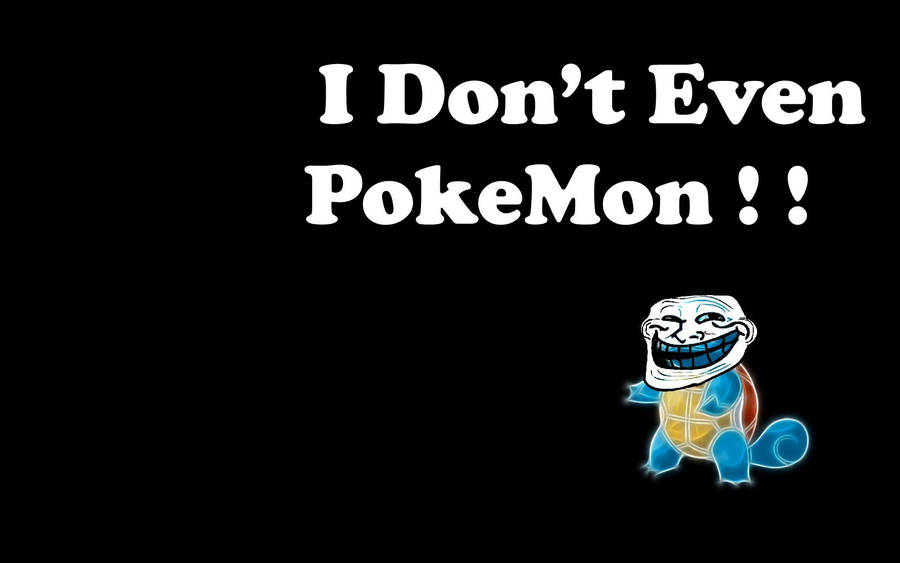His contention is that the pedagogy of hints for 9 - 12 math teaching is not very developed and could be improved by thinking about the context, reasons, and specificity of the hints.Would love to hear from you, *especially* if you disagree. An invitation to comment on my #shadowcon15 talk. http://t.co/lCzGmtgXWI— Michael Pershan (@mpershan) April 29, 2015
As much as I agree that hints could be improved by these things, I also have a lot of discomfort around hints in general. Too often, I find that they funnel student thinking in a predetermined direction... as in, the student is stuck, and the teacher is trying to direct them onto a path that they think is productive by using hints, but it's a predetermined path and therefore removes a lot of the exploration that one would presumably want a student doing in solving this problem. Michael argued that this was only true for bad hints, that good hints should not simplify the problem or do the heavy lifting for the student or close off avenues of thoughts and overspecify a direction. I'm still not sure if we're arguing semantics or if we genuinely have different views on whether hints are good or bad and thought it might be helpful to look at specific examples.
Random exhibit A from a recent assignment:
I gave my students a problem of the week from the IMP curriculum in which you are told that there are five bales of hay, but that instead of being weighed individually, they were weighed in all possible combos of two. We know all of these dual weights, but would like to know how much each individual bale weighs.
Lots of students were confused and stuck. Here were some things that I did not say (although I really, really wanted to) because I think of these hints as being too helpful and pushing kids in a certain direction in their problem solving.
- How many times does each bale of hay come up in all the weighings?
- What is the total weight of all of the combos? Why might this be helpful?
- How can you represent this using equations?
- Can you organize the combos in order of weight?
- Are there any combos the weights of which we can figure out? Any that we cannot?
- Can you make equations to represent what you know?
- Can you make a table to organize what you know?
- Can you make an easier version of this problem?
- I see that you have four equations, but five unknowns. How do you think that will play out in trying to solve this problem?
Here are some things that I did say:
- What have you tried?
- Have you talked to anyone else in the class?
- Where are you stuck? How do you know that what you're doing isn't working?
- What information would be helpful to get unstuck?
- What things do you think that you know? What don't you know?
- How are you organizing your thinking?
- How are you representing your understanding of this problem?
- Are you making any assumptions? Which ones? How will you know if your assumptions are correct?
- How will the person reading this understand what you did?
- What are strategies that might be helpful here that you haven't tried yet?
- You are making a lot of progress! Read through what you have already and see if you can restate it in a different way.
I make a distinction between teaching a specific procedure or specific content when you would want to channel students' thinking perhaps more narrowly - there may be multiple paths, but not an infinite number of them, and it is likely important that students understand which paths are more efficient under what circumstances and how they connect to each other - versus when you are asking students to work on a more open problem in which they are meant to develop problem-solving and sense-making. It seems like half the purpose of open problems are for students to come up with different approaches, persevere past sticking points, learn to think flexibly and independently, and make sense of unknown situations. And yes, that almost requires that they be stuck and frustrated for parts of it. If a problem can be solved by a student easily and without any false starts, then it's not much of an open problem. To me, hints like the ones I listed in the first section decrease this cognitive load significantly. I want students coming up with those ideas, not following mine.
I am trying not to get bogged down in the word "hint," but it just has this connotation of "I have the right answer in my head, but you can't figure out what it is so let me make it a bit easier for you to get it." If we redefine "hint" to also include questions or statements that push the student to think more deeply and develop their own internal resources rather than as a way to make the process smoother for them by external means, then I think that I can get behind good hints.






